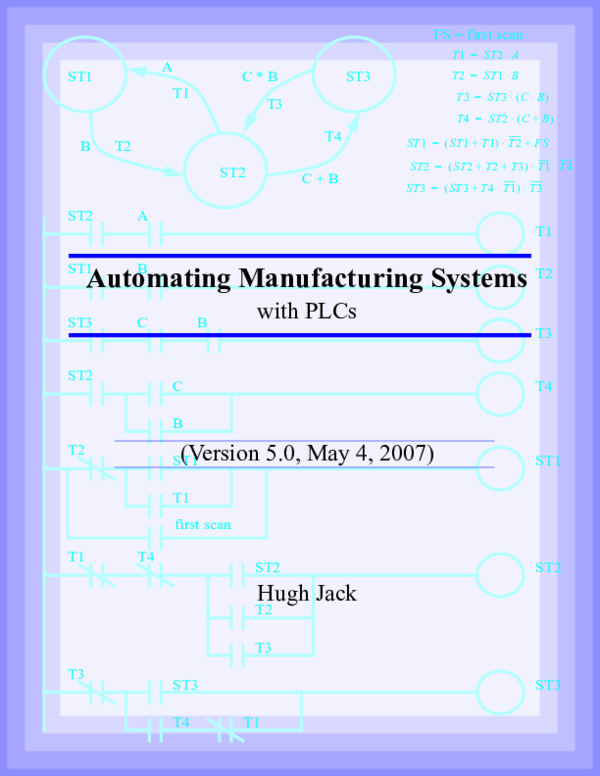08-05-2021
Microsoft Powerpoint Version 15.17 For Mac Underline Spelling Errors
While it is indeed easy to spell check your entirepresentation for any misspelled words, there are other options that you need to be aware of that will help checking your slidesfor spelling errors. Here are some tips to help you understand how you can do better proofing of your text content inPowerPoint 2013 for Windows:
- Microsoft Powerpoint Version 15.17 For Mac Underline Spelling Errors 2017
- Microsoft Powerpoint Version 15.17 For Mac Underline Spelling Errors Online
Office for Mac applications automatically check for potential spelling and grammatical errors as you type. If you’d rather wait to check spelling and grammar until you're done writing, you can turn off automatic checking, or you can check spelling and grammar all at once.
Microsoft Powerpoint Version 15.17 For Mac Underline Spelling Errors 2017
- 2016-5-2 Word Mac 2016 will not underline spelling errors The document is rather large, 150,000 words (its a book). Smaller documents are fine. Is this a bug or a feature? I am an unpaid volunteer and do not work for Microsoft. 'Independent Advisors' work for contractors hired by Microsoft. 'Microsoft Agents' work for Microsoft Support.
- 2013-9-2 How do I turn on the red underline for misspelled words in Word 2013? For whatever reason, Microsoft Word 2013 won't underline misspelled words in red (or use the green/blue underlines) anymore. Favorite Answer. You may have told Word to ignore spelling errors in this document (or a portion of it) or in all documents.


Microsoft Powerpoint Version 15.17 For Mac Underline Spelling Errors Online
- Whenever PowerPoint encounters a spelling error, it highlights the misspelled word by placing a red squiggly line tounderline the word, as shown highlighted in red within Figure 1.
Figure 1: Red squiggly line added underneath a word indicating wrong spelling- All you need to do now is right-click the word. Doing so brings up a contextual menu that offers a list of suggestions, highlightedin red within Figure 2. To accept any of these suggestions, just click on therelevant suggestion. PowerPoint then replaces the misspelled word with the suggested word you choose.
Figure 2: Contextual menu containing spelling suggestions- In addition, you will also find the Ignore All and Add to Dictionary options within thiscontextual menu (highlighted in blue within Figure 2, above):
- The option ignores the spell check for this word—for this instance and also for any repeating instances of this word in theactive presentation.
- Using the option, you can quickly add this word to PowerPoint's spelling dictionary.You will never be prompted to correct this spelling again. Do note that PowerPoint shares the same dictionary with other MicrosoftOffice programs such as Word, Outlook and Excel. And yes, those programs will also consider the new spelling as acceptable.
- PowerPoint's spell checker does not check for spelling errors in charts and any other inserted objects. Even with PowerPoint2013, which relies on fewer inserted objects, charts are actually an instance of Microsoft Excel working behind the scenes. Also,PowerPoint only spell checks content that is part of PowerPoint.
- Fortunately PowerPoint does spell check any text within text placeholders and text boxes on your slides. It also looks forspelling errors in text contained within tables, SmartArt, slide notes, and shapes. Remember though, that you must always manuallycheck all spellings within charts!
- Remember that everything on your PowerPoint slide is larger than life. A spelling error within a 20 page Word document may goun-noticed but the same misspelled word in 44 pt. size as a title of your PowerPoint slide will attract a disproportionate amount of attention,making the slide and the presenter look unprofessional. Make sure you spell check all your slide content before you present!